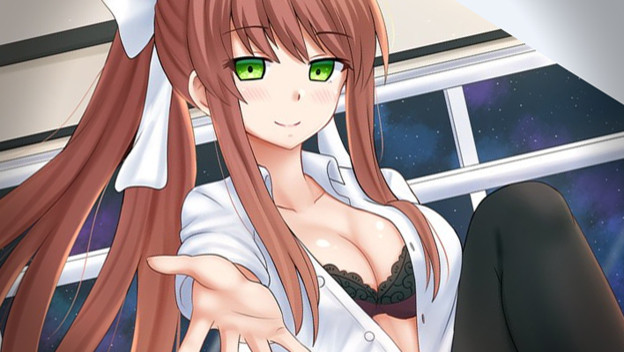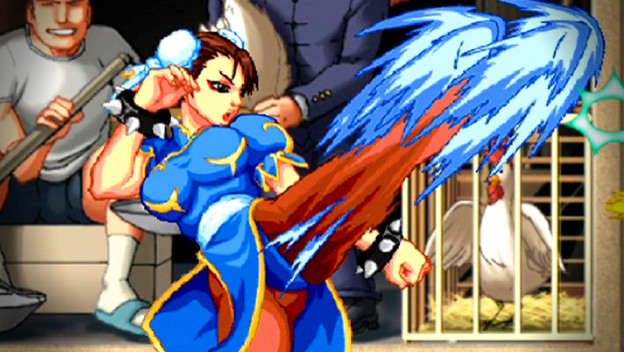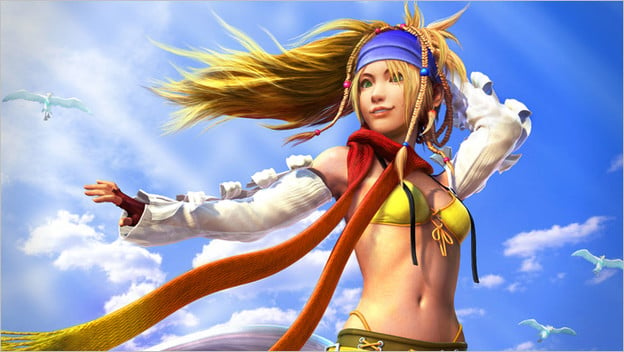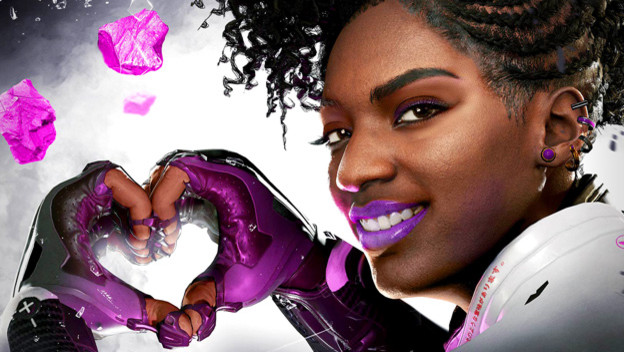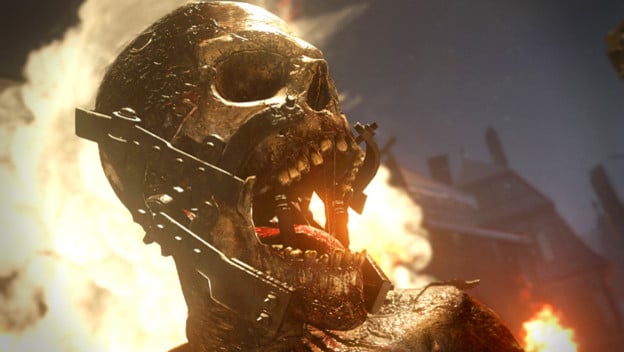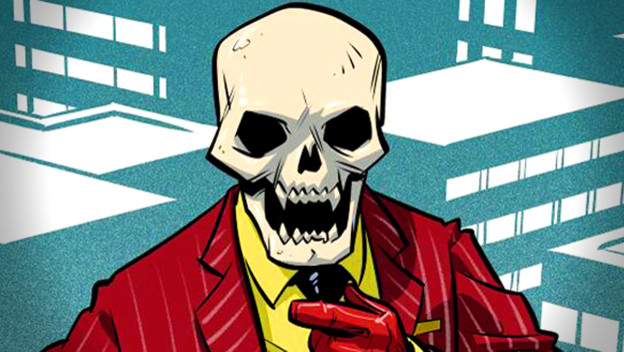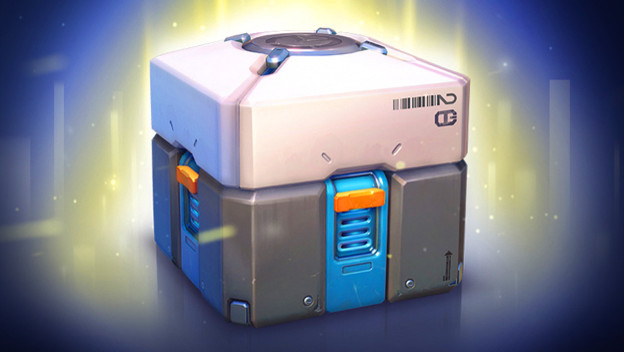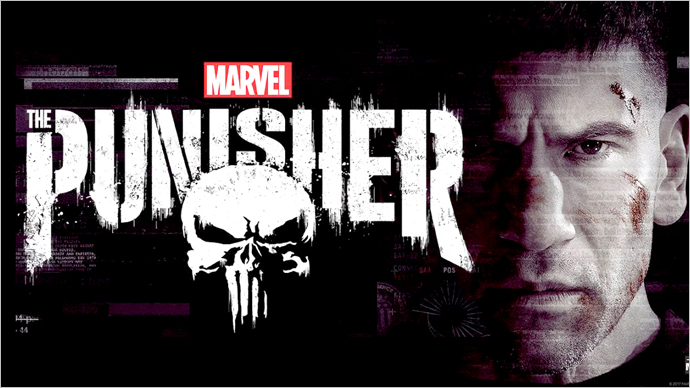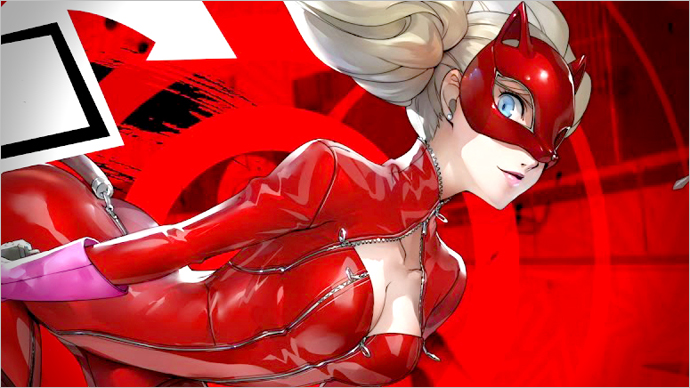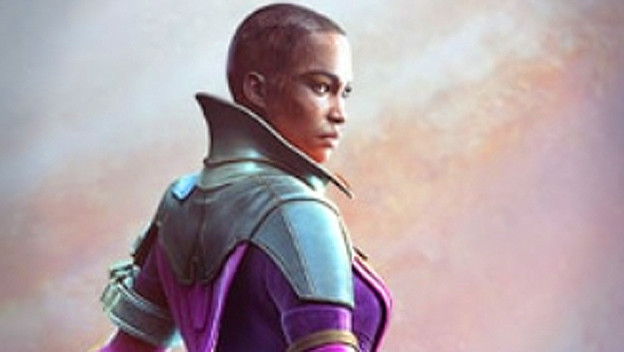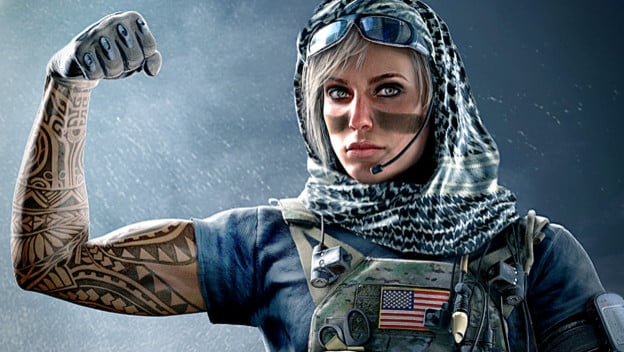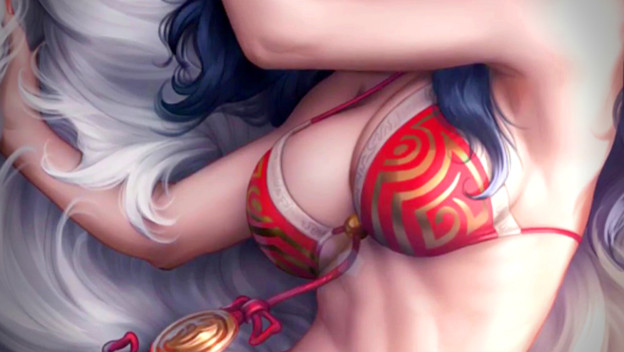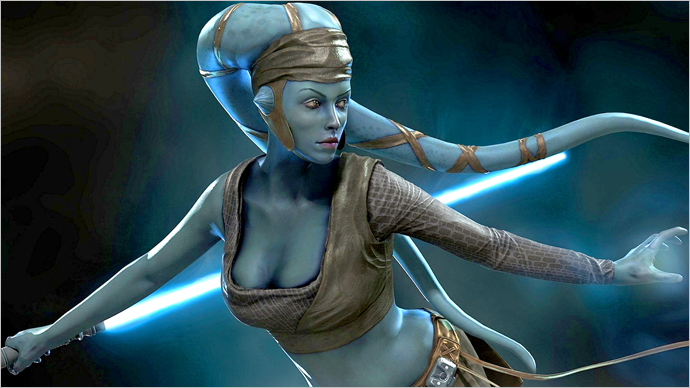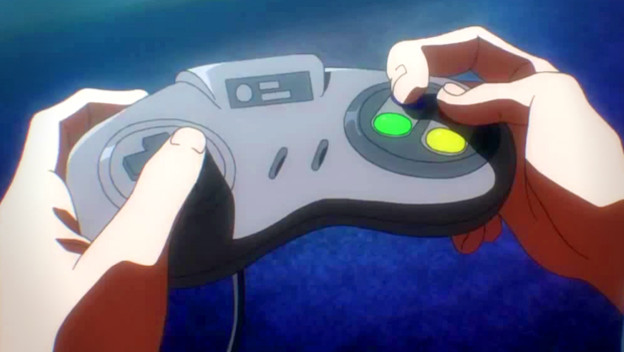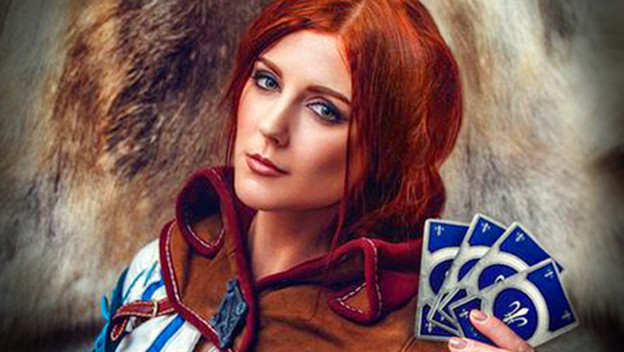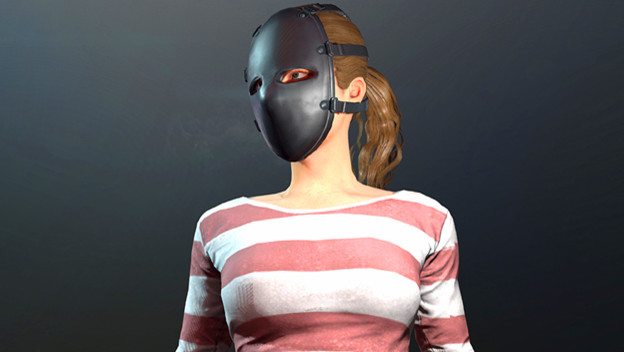
| System: PS4, Xbox One, PC |  |
| Dev: Monolith Productions | |
| Pub: Warner Bros. Interactive Entertainment | |
| Release: October 10, 2017 | |
| Players: 1 Player | |
| Screen Resolution: 480p-1080p | Blood and Gore, Intense Violence |
by Jenni Lada
Middle-earth: Shadow of War is a second chance. It is an opportunity to make a series more memorable. With the original Shadow of Mordor, there was potential. A more rudimentary Nemesis system tried to make enemies grow and matter. Now, with the sequel, we have a more fully fledged system. The orcs are better and more interesting, Talion is upgradeable in a way that lets us tailor him to our needs, and the sieges can feel more momentous. Unfortunately, the story still isn’t very memorable and there can be a whole lot of busywork leading up to fortress assaults.
Middle-earth: Shadow of War starts off with Talion being in a good position, before falling low again. He has a new Ring of Power, which keeps him alive without the spirit of Celebrimbor. Except Shelob kidnaps Celebrimbor to get him to turn it over. This requires the man and spirit to fuse again, heading into a new fight against Sauron and his forces. Over and over again, he pursues resources that will lead to Sauron’s undoing. While some interesting things do happen along the way, they aren’t exactly memorable and often get overshadowed by constant orc battles.
This is a major downside for people who really appreciate the Lord of the Rings lore. Like Middle-earth: Shadow of Mordor, it often feels like the game is inspired by J. R. R. Tolkien’s books, rather than faithfully follows them. Shelob in particular felt like a character where it could have been an entirely original heroine, rather than forcing an existing entity into the role. And people who know their Middle-earth history may be frustrated with the founding of Minas Morgul. It can be frustrating, especially since the story doesn’t do much to stand out or hold people’s attention.
With the way the story is in Middle-earth: Shadow of War, I really felt the game was at its best when I absolutely ignored it. The world’s five zones are filled with orc captains, sidequests, Shelob memories to collect, Gondorian artifacts, and other things to see and do. Especially since new missions can disappear, others fade, and possible opponents rise and fall as time passes. While I was forced to spend most of my time pushing through acts for the sake of opening up the game’s world and experiencing as much of its elements as possible, the moments I had where I could forget primary objectives and just live in its world were the best. I do wish that areas didn’t start to feel generic after a while and missions were a bit more varied. Even though there are five different ecosystems and varying kinds of missions that involve hunting people down, foiling plots, taking out specific enemies, and accomplishing goals, they can feel generic when you aren’t encountering interesting captains along the way.
Still, I do credit the Nemesis System with making the mundane entertaining. It is much improved in Middle-earth: Shadow of War. Even though these are procedurally generated characters, gradually growing in power or falling both at your hands and the hands of others, they all feel very alive. They have perks and weaknesses, which you can learn ahead of time by finding and interrogating specific underlings. One of my most challenging foes, early on, was Lorm the Hurler, a rank 12 Warmonger Assassin who “found” me when I was going to purify a Haedir about an hour into the game in Gondor. Everything enraged him. Everything. That was a fun fight, by which I mean he completely wiped the floor with my fledgling Talion. Then, there was Bagga the Complainer, who only said, “I’m going to stop it.” Over and over again. He ended up humiliating me once, because I missed a button press to dodge, and then I ended up inadvertently letting him escape when I had him where I wanted him. The important thing is, these minions are captivating and endearing, and there were times during my review process where I would let them live or even kill me so I could see how they would grow.
The only downside is, each orc captain has a two or three minute speech. This can’t be skipped and, while some are rather colorful or interesting, there are many that are some variation of “I am going to kill you now.” This can get a little overwhelming in a major fight where two or three captains could appear at certain points, forcing everything to stop so that guy can have his big moment before you (hopefully) swiftly defeat him.
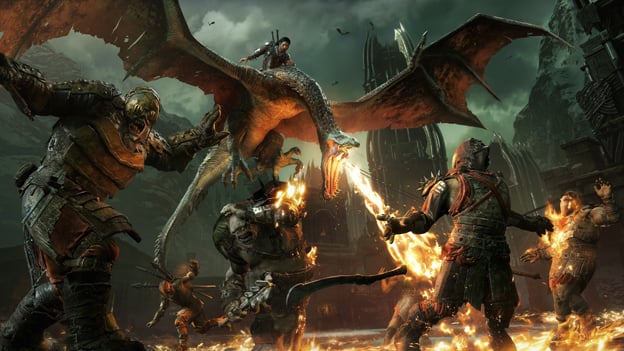
But for the most part, these orc captains are great and make the recruitment system more satisfying. After reaching a certain story point in Middle-earth: Shadow of War, you will be able to dominate enemies. When you hunt down or stumble across a captain in the field, you can break them, dominate them, and hopefully turn them to your side. And if their level is too high, you can shame them, reducing their level and letting them live so the next time you find them, you can turn them to your team. These followers can be trained, given their own gangs, sent to infiltrate enemy armies, and fight at your side. Remember Bagga, the Complainer I mentioned before? I have him acting in the inside of Sauron’s forces.
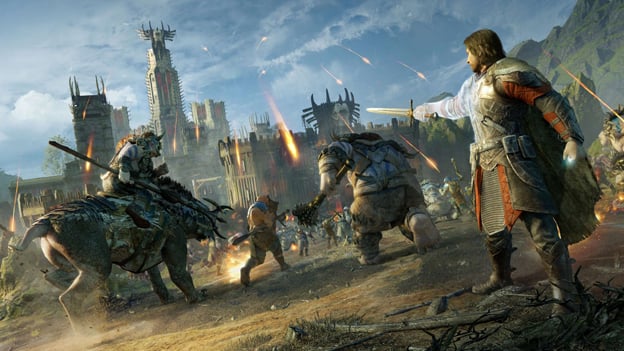
But enough about orcs. Let’s talk about other important parts of Middle-earth: Shadow of War! Like battles! This game can feel like an entry in the Batman Arkham line or inFamous installment? This is because Talion’s existence with Celebrimbor makes him feel like a superhero. He is able to soar and dash through the world. There is a whole arsenal of weapons immediately at hand. Skills like Elven Rage let you enter a state where you can quickly kill minor orcs and deal major damage to captains. You can drain enemies’ health or dominate opponents. Battles are swift dances where holding buttons for different amounts of time could trigger additional weapon attacks and you can quickly counter or dodge an attack. Everything flows together very well.








